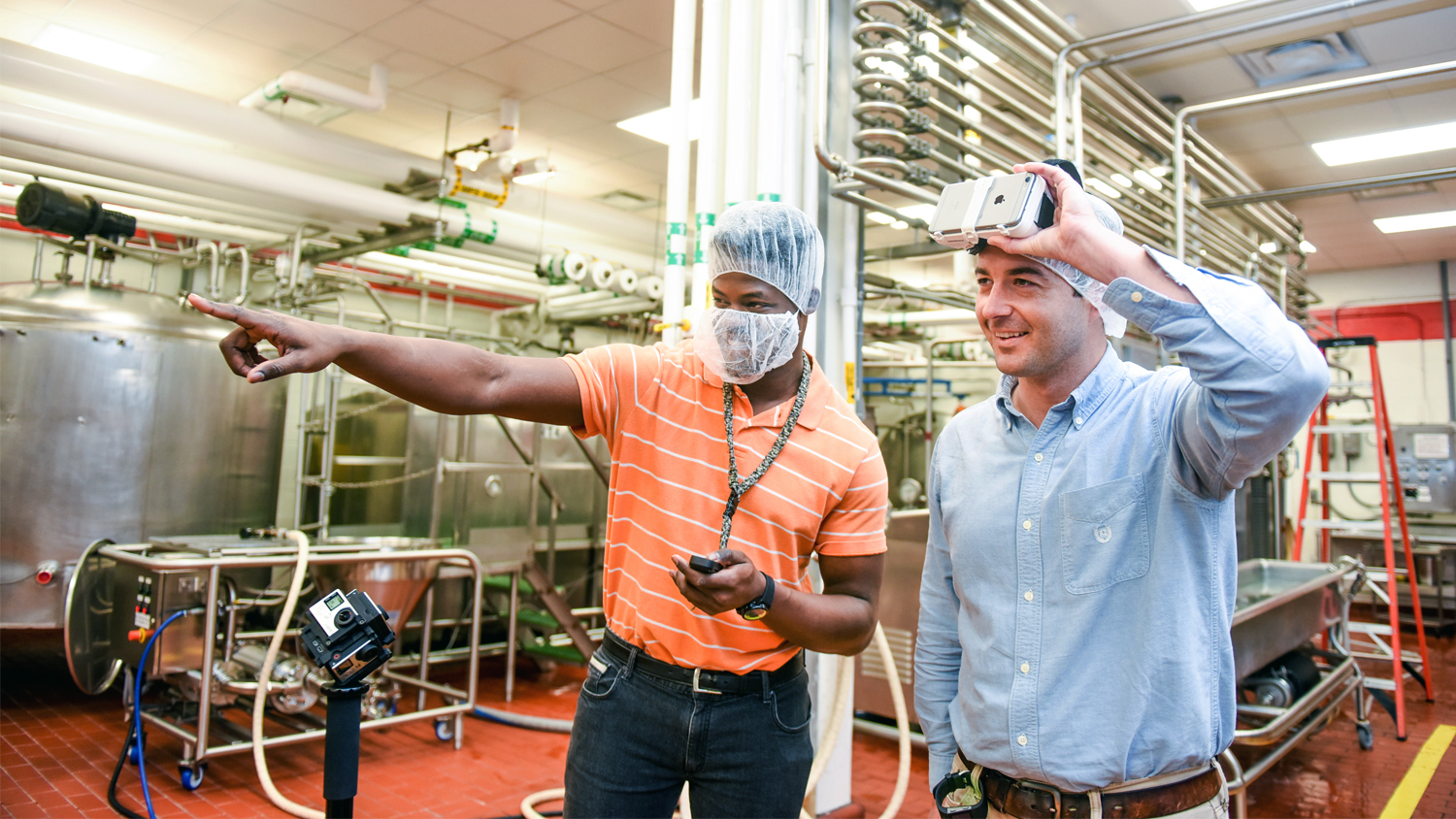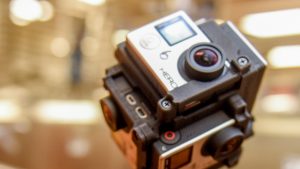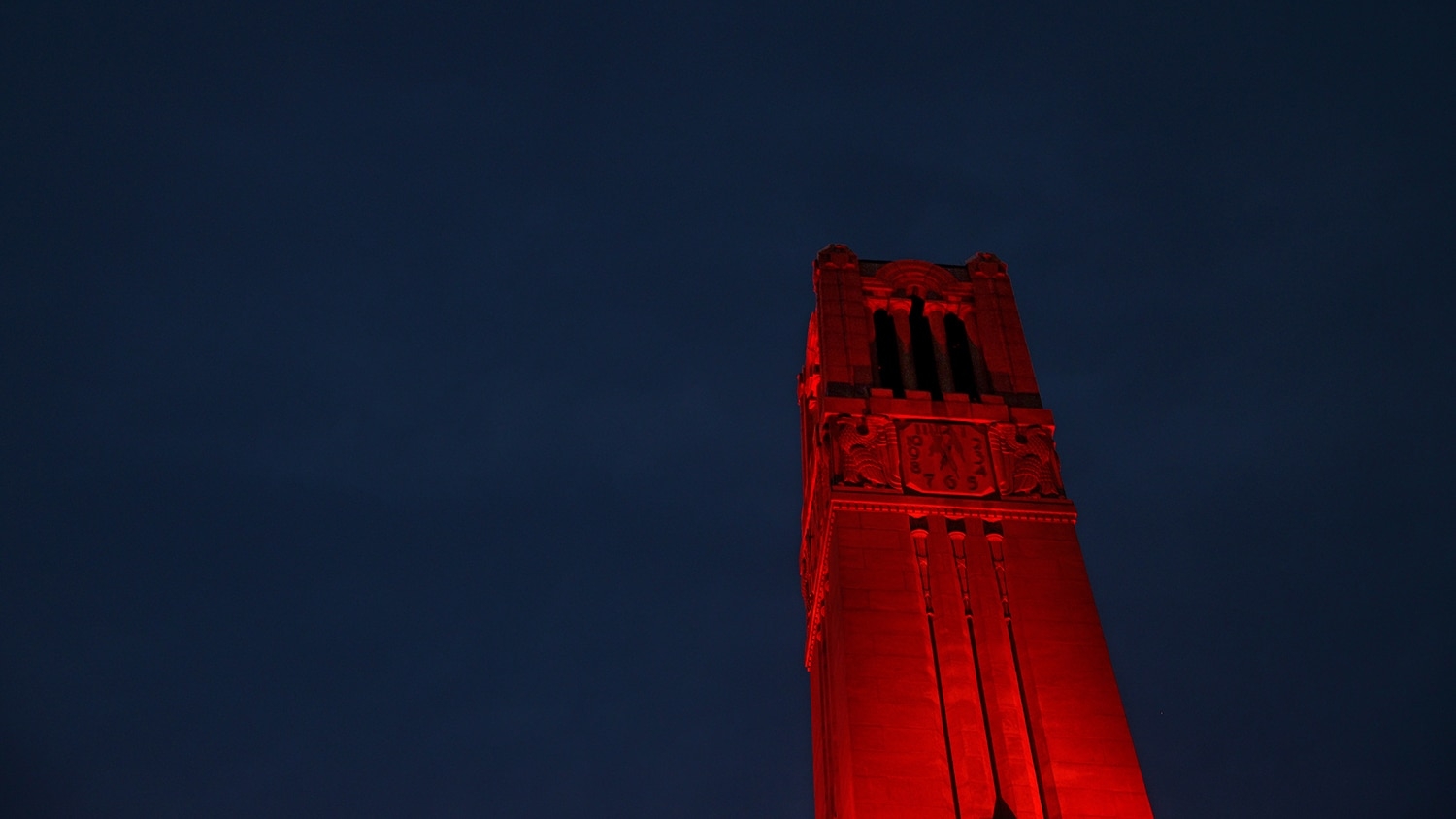Food Safety – In Virtual Reality

NC State University food scientists harness the power of virtual reality to keep contaminants off your dinner plate – and to give our students the same training as the experts.
CALS food science researcher Clint Stevenson and his team have developed virtual reality training sessions for students and professionals, who can now scout virtual versions of real-world food manufacturing facilities for safety violations.
The team’s work is used in an online course for the North Carolina Department of Agriculture and Consumer Services, which has also given Stevenson permission to repurpose the course for college and continuing education students.

This means that CALS students will receive the same training as government food safety inspectors. Since many students seek those positions after graduation, Stevenson’s work gives them an edge in the job market.
“We can bring the factory itself inside the classroom, which is amazing,” said Stevenson, assistant professor and distance education coordinator in the Department of Food, Bioprocessing and Nutrition Sciences.
Stevenson foresees a workforce shortage of food safety professionals as baby boomers retire. He is researching the extent to which virtual reality can enhance expertise in food safety — behavior, skills, knowledge or all of the above.
The team, whose work was partially funded by the NC State Office of Outreach and Engagement, includes virtual reality specialist Elias Clarke Campbell and instructional designers Bethanne Tobey and Julie Yamamoto.
Here’s how it works: Pop on a virtual reality headset (any commercially available brand will do), and you’ll find yourself standing in the middle of a bustling seafood restaurant, or the factory that makes Howling Cow ice cream. Look up, look down, turn around — the environment developed by Stevenson and his team is a 360-degree experience. The tools are compatible with standard tablet, mobile or desktop screens.
“It creates that ‘Aha!’ moment for students as they experience what it’s like to be there — not just sitting in a classroom listening to technical jargon,” Stevenson said.


